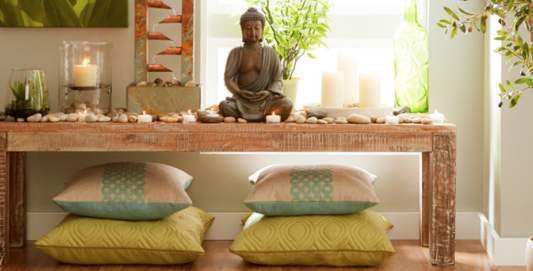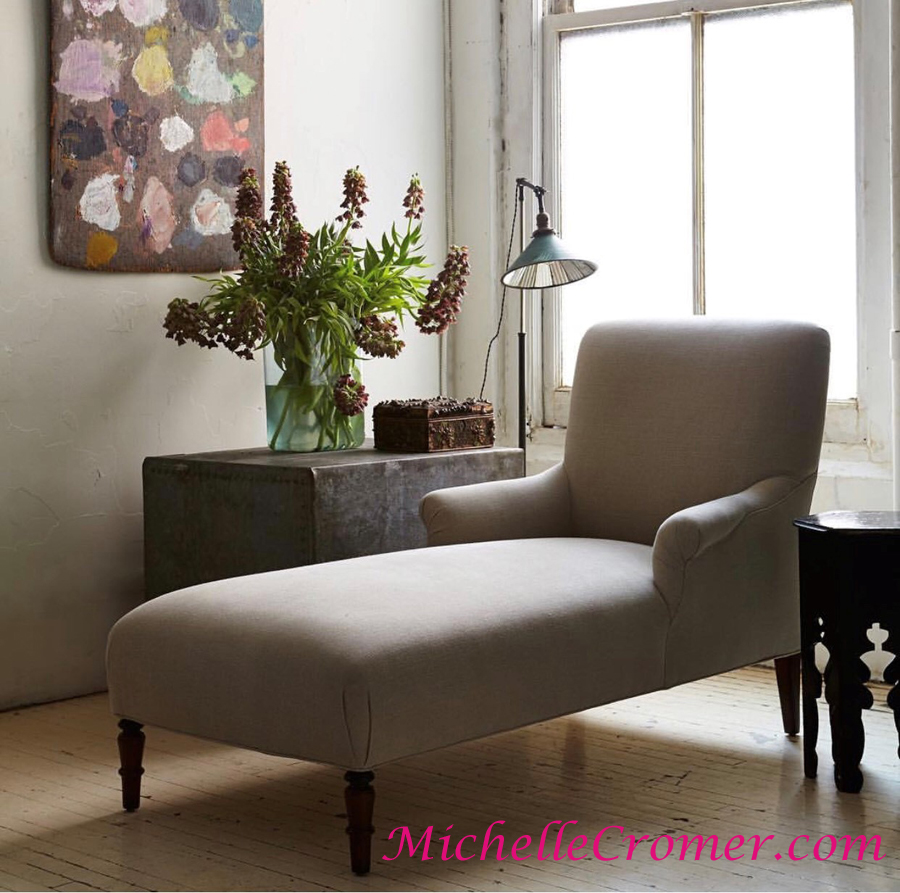Our show is an immersive interactive experience, helping to understand our place in the world, while freeing us up to explore the mysteries within.
Each show will have a variety of topics such as the ancient art of feng shui, the five-element theory, how to ground yourself or clear your energy. For over twenty years I have traveled the globe to discovery sacred sites, and we will discuss ancient myths as contemporary identities and these sites and how they can illuminate and active the divine you.
Perla and I had a successful radio show for seven years and we will be calling on leading experts once again to discuss anything from clearing out your negative energy at work, aliens and UFO’s, to Chinese mysticism and ancient mythology.
This show is for anyone who wants to look deeper, to explore, discuss and share the experience of what they see below the surface of life, even when others don’t.
Please join us as we bring topics to you that will give you the power to create a meaningful life.

 We all have those people in our lives, the ones that continuously stress us out. And for some reason, these people tend to live rent-free in our minds. Feng Shui explains that our homes are the outward expression of our minds so here are a few tips utilizing the outward expression of your home and the inward expression of your mind to evict these people once and for all.
We all have those people in our lives, the ones that continuously stress us out. And for some reason, these people tend to live rent-free in our minds. Feng Shui explains that our homes are the outward expression of our minds so here are a few tips utilizing the outward expression of your home and the inward expression of your mind to evict these people once and for all.


 So often we label the rooms in our homes by what we do in them, the dining room, living room, the entertainment room, etc. Creating a meditation space gives you a place in your home or office that is dedicated to calm, silence, and stillness. Finding a moment of calm each day is important for our well-being and overall stress levels.
So often we label the rooms in our homes by what we do in them, the dining room, living room, the entertainment room, etc. Creating a meditation space gives you a place in your home or office that is dedicated to calm, silence, and stillness. Finding a moment of calm each day is important for our well-being and overall stress levels. Layer beautiful aromas from essential oils, aromatic candles, or incense such as lavender, chamomile, and peppermint, which can soothe the soul, mind, and body.
Layer beautiful aromas from essential oils, aromatic candles, or incense such as lavender, chamomile, and peppermint, which can soothe the soul, mind, and body. Our homes are a reflection of our spirit. That’s why I’m shocked at how many homes I see where the people have decorated each room to a tee, but haven’t designated a single spot in the home to only their spirit. A sacred space may not appear on traditional blueprints, but having a place where you can go to connect with yourself and is as crucial as any other room in your home.
Our homes are a reflection of our spirit. That’s why I’m shocked at how many homes I see where the people have decorated each room to a tee, but haven’t designated a single spot in the home to only their spirit. A sacred space may not appear on traditional blueprints, but having a place where you can go to connect with yourself and is as crucial as any other room in your home.